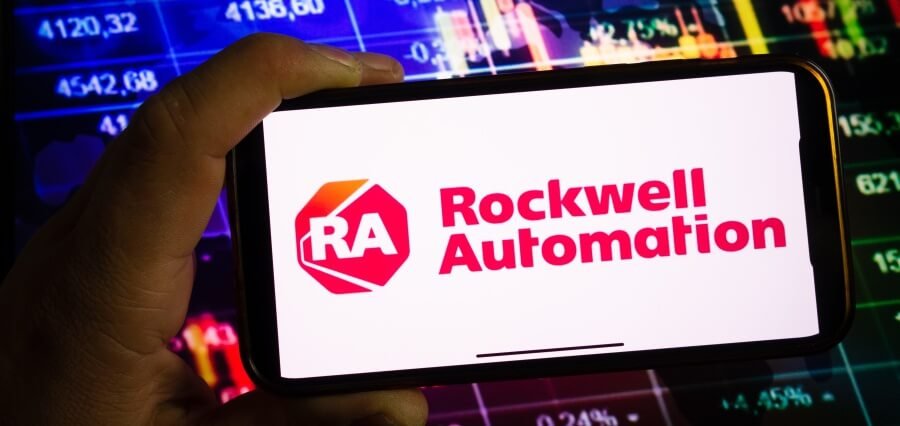India has shown a growth trajectory in digital payments, especially using the Unified Payments Interface (UPI), as a result the banking sector is changing its strategies by enhancing digital capability. One of the major impacts of this adjustment is a decrease in the installation of predominantly off-site ATMs, owing to increasing digital banking services instead.
Current statistics put out by the Reserve Bank of India (RBI) indicate a falling trend in the number of ATMs installed across India with the figures reducing from 219 thousand in September, 2023 to 215 thousand in the same month the following year. This also shows a decrease in the number of offsite ATMs that dropped from 97072 in September 2022 to 87638 by September 2024. As per Ravi B. Goyal, Chairman, AGS Transact Technologies, the way systems have changed over time, more banks are now directing their resources towards digital transformation while minimizing the need for physical investments, especially after merging of some public sector banks. Such mergers have simplified business processes and promoted effective physical and digital banking service convergence.
While cash continued to constitute 89 percent of all transactions in India towards the end of FY22, the explosion of several digital payment channels, more so UPI, has made a tremendous impact. The inclination to cut down on the number of ATMs is also informed by the regulatory landscape, especially the RBI’s position on free ATMs, interchange rates, and ATM services, which have in turn made the deployment of new ATMs costlier.
In the contemporary environment, it is surmised that banks will revert to a hybrid banking model, with each branch containing at least two ATMs, one located inside the premises and the other one located off-site but restricting the latter to only available inland customers. This strategy seeks to promote adoption of digital services but at the same time provides physical banking facilities to the customer. The very necessity of ATMs in the evolution of banking in the country was earlier recognized when the HSBC Bank installed the first ATM in Mumbai in 1987. Some banks in India, particularly the Bank of India, and several other banks window-dressed their branches with the inventions in technology from the late 1990’s and early 2000’s after the introduction of ATMs in the country that made banking facilities more accessible.
Nevertheless, in the age of smartphones and mobile applications enabling digital payments, especially UPI, the requirement for installing an extensive network of ATMs is slowly being eclipsed by the benefits of mobile payments.
The transformation that this segment is witnessing also corresponds to bigger changes within the financial system itself in India, where digital transaction modes are quickly saturating the market leaving the banks with no choice but to remodel themselves so as to fit in the younger more technologically demanding clients.





